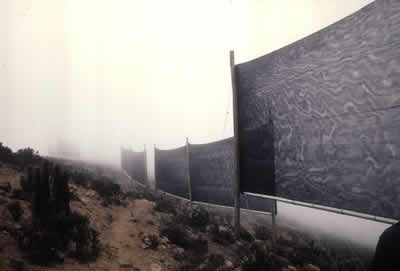Fog water collectors on El Tofo mountain, Chile. Water from the fog condenses on these large nets.
Click on image for full size
Courtesy of IDRC / CDRI; Photographer Sitoo Mukerji
Finding Water in the Sky
The Atacama Desert is one of the driest places on Earth. The lack of water makes life hard, yet more than a million people live there. One place where people get the water they need to survive is from the sky.
Rain may be uncommon, but fog, called camanchaca by Chileans, often fills the sky in the Atacama near the coast. And fog is made of water. By extracting the water from the fog, some of the people who live in the Atacama Desert are able to get the water they need.
People there have been capturing water from fog for over a decade using screens that have very small mesh. The water in the fog condenses on the screens and drips into troughs below. Pipes carry the water to where it will be used. The first project collecting water with screens was installed on Chile’s El Tofo Mountain in the early 1990s. The idea caught on and now there are fog collectors installed in 25 countries in Africa, South and Central America, the Caribbean, and Asia.
The people in the Atacama also have a much longer history of collecting water from the air. For hundreds of years, native people in the Andes harvested water from the air by capturing the morning dew. They dug pits into the ground to hold buckets and made funnels from branches to channel water into the buckets. Lids made of branches and leaves kept the water from evaporating. The trap was left overnight and the water collected in the morning after dew formed.
Last modified September 18, 2008 by Lisa Gardiner.
You might also be interested in:
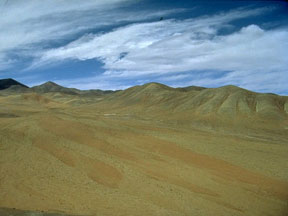
The Atacama Desert is one of the driest places on Earth. The Atacama is in the country of Chile in South America. In an average year, much of this desert gets less than 1 millimeter (0.04 inch) of rain!
...more
Rain is precipitation that falls to the Earth in drops of 5mm or more in diameter according to the US National Weather Service. Virga is rain that evaporates before reaching the ground. Raindrops form
...more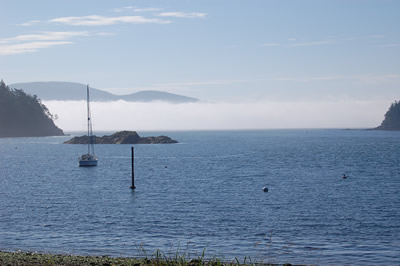
Fog is a ground-level cloud. There are several ways that fog forms. It usually forms when moist air travels over cold land or water. The moist air cools down and the water vapor condenses and forms a cloud
...more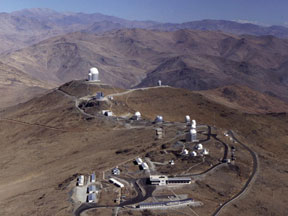
The Atacama Desert in Chile is one of the driest places on Earth. Some plants, animals, and microbes manage to survive there, though. People live and work in the Atacama Desert, too. Places like the Atacama,
...more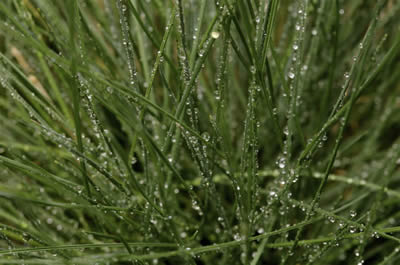
Condensation is the process by which water changes its state from a vapor or gas to a liquid. Condensation is responsible for the formation of clouds. Common examples of condensation are: dew forming on
...more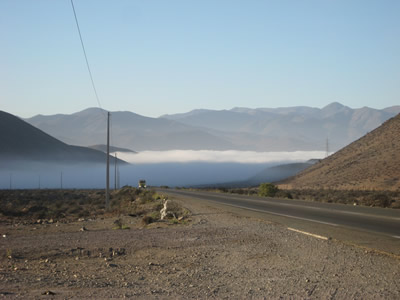
The weather in the Southeast Pacific region can be considered extreme, in the sense that it receives very little rainfall and is extremely dry. For example, some places in the Atacama Desert in Chile receive
...more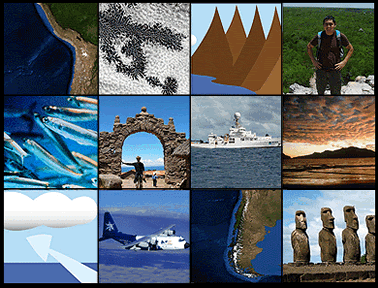
What if you wanted to learn more about the climate of a very large area of the world? What would be involved in studying how the oceans, land, and atmosphere interact? You would need to have a team of
...more


